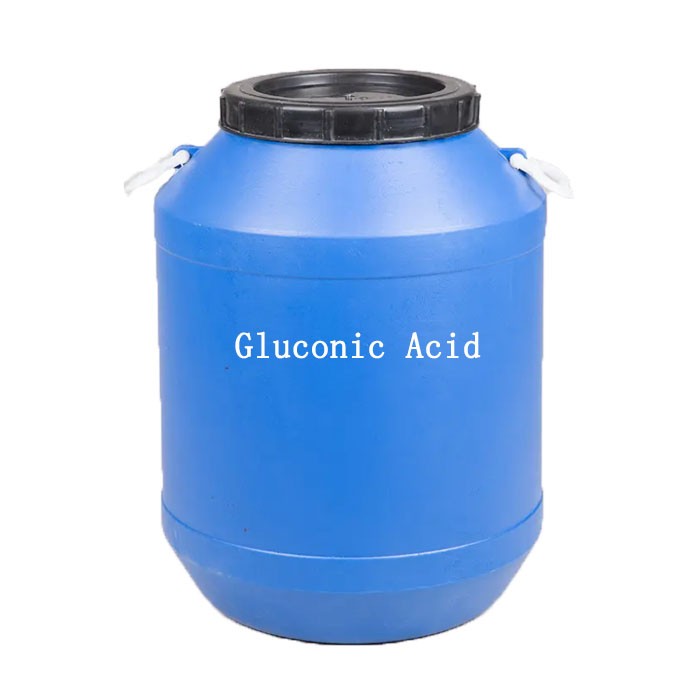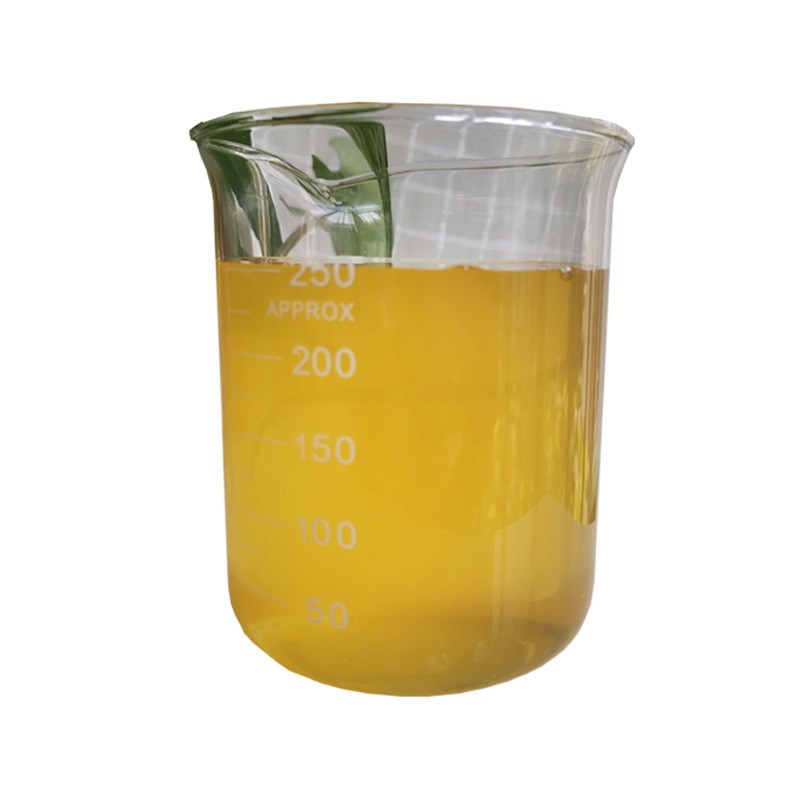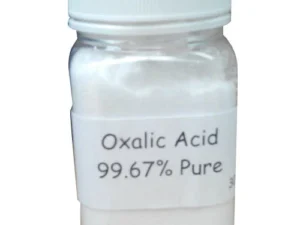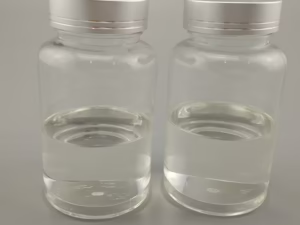Description
Gluconic Acid: The Unsung Hero of Food, Medicine, and Beyond
Gluconic acid, often overshadowed by more well-known acids, plays a surprisingly versatile role across various industries. From enhancing the flavor of our food to aiding in pharmaceutical formulations, this naturally occurring compound boasts a remarkable range of applications. But what exactly is gluconic acid, and why is it so valuable?
What is Gluconic Acid?
Gluconic acid is a mild organic acid produced by the oxidation of glucose. This process is primarily carried out by microorganisms, specifically certain species of fungi and bacteria like Aspergillus niger and Gluconobacter oxydans. The chemical formula for gluconic acid is C6H12O7.
A key characteristic of gluconic acid is its non-corrosiveness and biodegradable nature, making it an environmentally friendly option. It exists as a colorless, odorless liquid or crystalline solid and easily forms salts with various metals, such as calcium, sodium, and potassium. These salts also possess unique properties and find widespread use.
The Many Applications of Gluconic Acid and its Salts:
The versatility of gluconic acid stems from its ability to act as a chelating agent, acidulant, cleaning agent, and even a nutritional supplement. Let’s explore some of its key applications:
- Food Industry:
- Acidulant: Gluconic acid contributes a mild, slightly sour taste to food products. It’s often used in beverages, jams, jellies, and confectionery items to enhance flavor and control pH levels.
- Preservative: By lowering the pH, gluconic acid can inhibit the growth of spoilage microorganisms, extending the shelf life of food products.
- Chelating Agent: Gluconic acid and its salts bind to metal ions, preventing discoloration, rancidity, and other undesirable reactions in food. This makes them useful in processed fruits, vegetables, and seafood.
- Pharmaceutical Industry:
- Mineral Supplement: Calcium gluconate, for example, is a common calcium supplement used to treat calcium deficiencies. It’s well-tolerated and readily absorbed by the body.
- Pharmaceutical Formulations: Gluconic acid can act as a stabilizer and solubilizer in pharmaceutical preparations, ensuring the stability and bioavailability of active ingredients.
- Chelation Therapy: In certain medical conditions, gluconic acid derivatives are used to bind and remove excess metals from the body.
- Industrial Applications:
- Cleaning Agent: Gluconic acid effectively removes mineral deposits, rust, and scale without damaging the underlying surface. This makes it a valuable component in industrial and household cleaning products.
- Metal Treatment: Gluconic acid is used in metal finishing processes for pickling, etching, and cleaning metal surfaces prior to plating or coating.
- Construction Industry: Gluconates are used as set retarders in concrete, extending the working time and improving the strength and durability of the final product.
- Cosmetic Industry:
- Exfoliating Agent: Gluconolactone, a derivative of gluconic acid, is a polyhydroxy acid (PHA) that gently exfoliates the skin, promoting cell turnover and improving skin texture. It’s a gentler alternative to AHAs (alpha-hydroxy acids) and suitable for sensitive skin.
- Humectant: Gluconic acid helps to hydrate the skin by drawing moisture from the environment.
Benefits of Gluconic Acid:
- Biodegradable and Environmentally Friendly: Unlike some synthetic acids, gluconic acid is readily biodegradable, reducing its environmental impact.
- Non-Corrosive: Its mild acidity makes it safe for use in various applications without damaging materials.
- Effective Chelating Agent: Gluconic acid effectively binds to metal ions, preventing unwanted reactions and improving product stability.
- Safe for Consumption: When used appropriately, gluconic acid and its salts are generally considered safe for consumption.
The Future of Gluconic Acid:
As research continues, new applications for gluconic acid and its derivatives are constantly being discovered. Its versatility, biodegradability, and safety make it a compelling ingredient for a wide range of industries. From contributing to delicious and safe food products to offering environmentally friendly cleaning solutions, gluconic acid is poised to play an increasingly important role in our lives. It’s a testament to the power of naturally derived compounds and their potential to improve our world.












Reviews
There are no reviews yet.